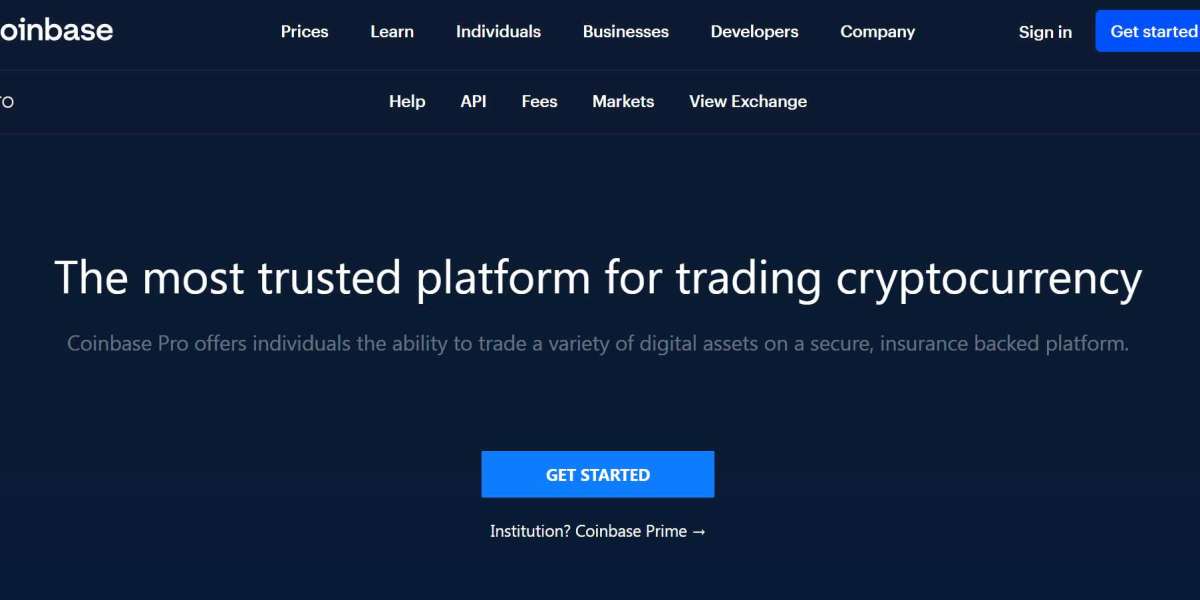In today's interconnected world, radio has transcended its traditional boundaries, evolving into a powerful medium that reaches audiences across the globe. With the rise of internet technology, seamless radio streaming has become a reality, allowing broadcasters to connect with listeners from different countries and cultures. This article explores the concept of seamless radio streaming, its benefits, technologies involved, and the future of global broadcasting.
Understanding Seamless Radio Streaming
Seamless radio streaming refers to the uninterrupted transmission of audio content over the internet, enabling listeners to access radio stations from anywhere in the world. Unlike traditional radio, which is limited by geographical constraints, internet radio allows for a global reach, making it possible for broadcasters to share their content with diverse audiences. This shift has transformed the way people consume radio, offering a more personalized and accessible experience.
The Benefits of Seamless Radio Streaming
One of the primary benefits of seamless radio streaming is accessibility. Listeners can tune in to their favorite stations from any device with an internet connection, whether it be a smartphone, tablet, or computer. This convenience allows for greater flexibility, enabling users to listen to live broadcasts, podcasts, or on-demand content at their leisure. Another significant advantage is the diversity of content available. Seamless radio streaming opens the door for niche broadcasters to reach audiences that may not have been accessible through traditional means. This diversity enriches the listening experience, allowing users to discover new genres, cultures, and perspectives that they may not encounter otherwise.
Technologies Behind Seamless Radio Streaming
The backbone of seamless radio streaming lies in various technologies that facilitate the transmission of audio content over the internet. Streaming protocols, such as Icecast and Shoutcast, play a crucial role in delivering high-quality audio to listeners. These protocols allow broadcasters to stream live content, manage multiple channels, and provide metadata about the currently playing track.
Additionally, audio codecs are essential for compressing and encoding audio files, ensuring that they can be transmitted efficiently without sacrificing quality. Popular codecs like MP3, AAC, and Ogg Vorbis are commonly used in radio streaming, each offering different levels of audio quality and bandwidth efficiency. The choice of codec can significantly impact the listening experience, making it crucial for broadcasters to select the right one for their audience.
Enhancing Listener Experience
To create a seamless listening experience, broadcasters must consider various factors that contribute to audio quality and user engagement. One key aspect is the bitrate of the stream, which determines the quality of the audio transmitted. Higher bitrates result in better sound quality but require more bandwidth, while lower bitrates may compromise audio fidelity. Striking the right balance is essential for ensuring that listeners enjoy a high-quality experience without interruptions. Another important consideration is the user interface of the streaming platform. A well-designed interface allows listeners to navigate easily, access different channels, and interact with the content. Features such as song requests, chat options, and social media integration can enhance listener engagement, fostering a sense of community among fans.
The Role of Mobile Applications
Mobile applications have revolutionized the way people access radio content. With the proliferation of smartphones, listeners can now carry their favorite radio stations in their pockets. Many broadcasters have developed dedicated mobile apps that provide seamless streaming, allowing users to tune in on the go. These apps often include features such as offline listening, personalized playlists, and notifications for upcoming shows, enhancing the overall user experience. Moreover, mobile applications enable broadcasters to gather valuable data about their audience's preferences and listening habits. This information can be used to tailor content, improve programming, and create targeted marketing campaigns, ultimately leading to increased listener loyalty and engagement.
Challenges in Seamless Radio Streaming
Despite its many advantages, seamless radio streaming also presents challenges that broadcasters must navigate. One of the primary concerns is internet connectivity. While many regions have access to high-speed internet, others may struggle with slow or unreliable connections. This disparity can affect the quality of the listening experience, leading to buffering or interruptions. Additionally, copyright and licensing issues pose challenges for broadcasters. Streaming music and other copyrighted content requires proper licensing agreements, which can be complex and costly. Broadcasters must ensure that they comply with legal requirements to avoid potential legal issues and fines.

The Future of Seamless Radio Streaming
As technology continues to advance, the future of seamless radio streaming looks promising. Innovations in artificial intelligence and machine learning are paving the way for personalized listening experiences. Algorithms can analyze listener preferences and recommend content tailored to individual tastes, enhancing user engagement and satisfaction. Furthermore, the rise of smart speakers and voice-activated devices is changing the way people interact with radio. Listeners can now access their favorite stations through voice commands, making it even more convenient to enjoy seamless radio streaming. This trend is expected to grow, with more households adopting smart technology.
Conclusion
In conclusion, seamless radio streaming has transformed the broadcasting landscape, enabling broadcasters to connect with a global audience like never before. With its accessibility, diverse content, and advancements in technology, radio has evolved into a dynamic medium that caters to the preferences of modern listeners. As the industry continues to innovate, the future of seamless radio streaming promises to deliver even more engaging and personalized experiences for audiences worldwide. Embracing this evolution will allow broadcasters to thrive in an increasingly competitive digital landscape, ensuring that radio remains a vital part of our cultural fabric.


